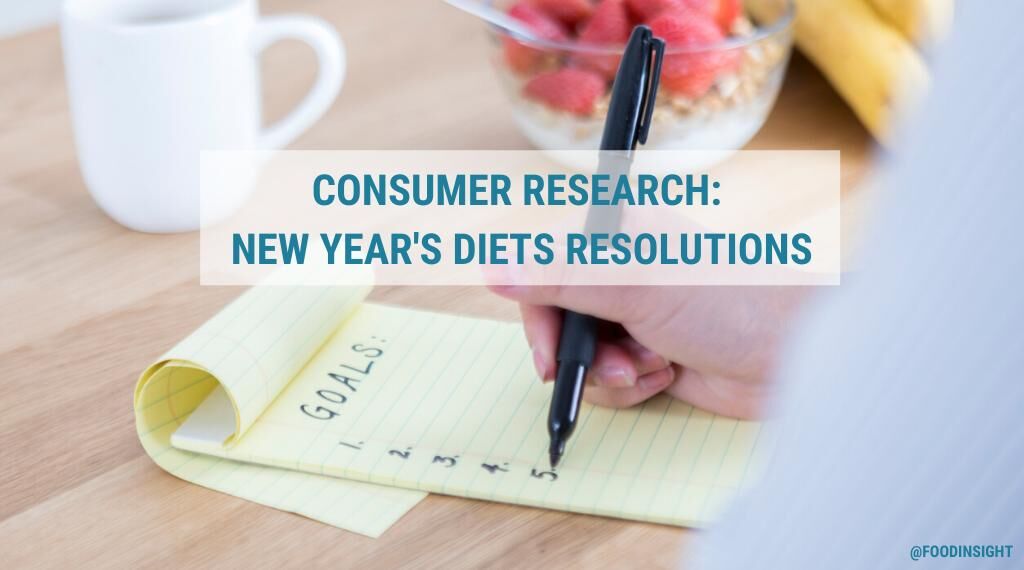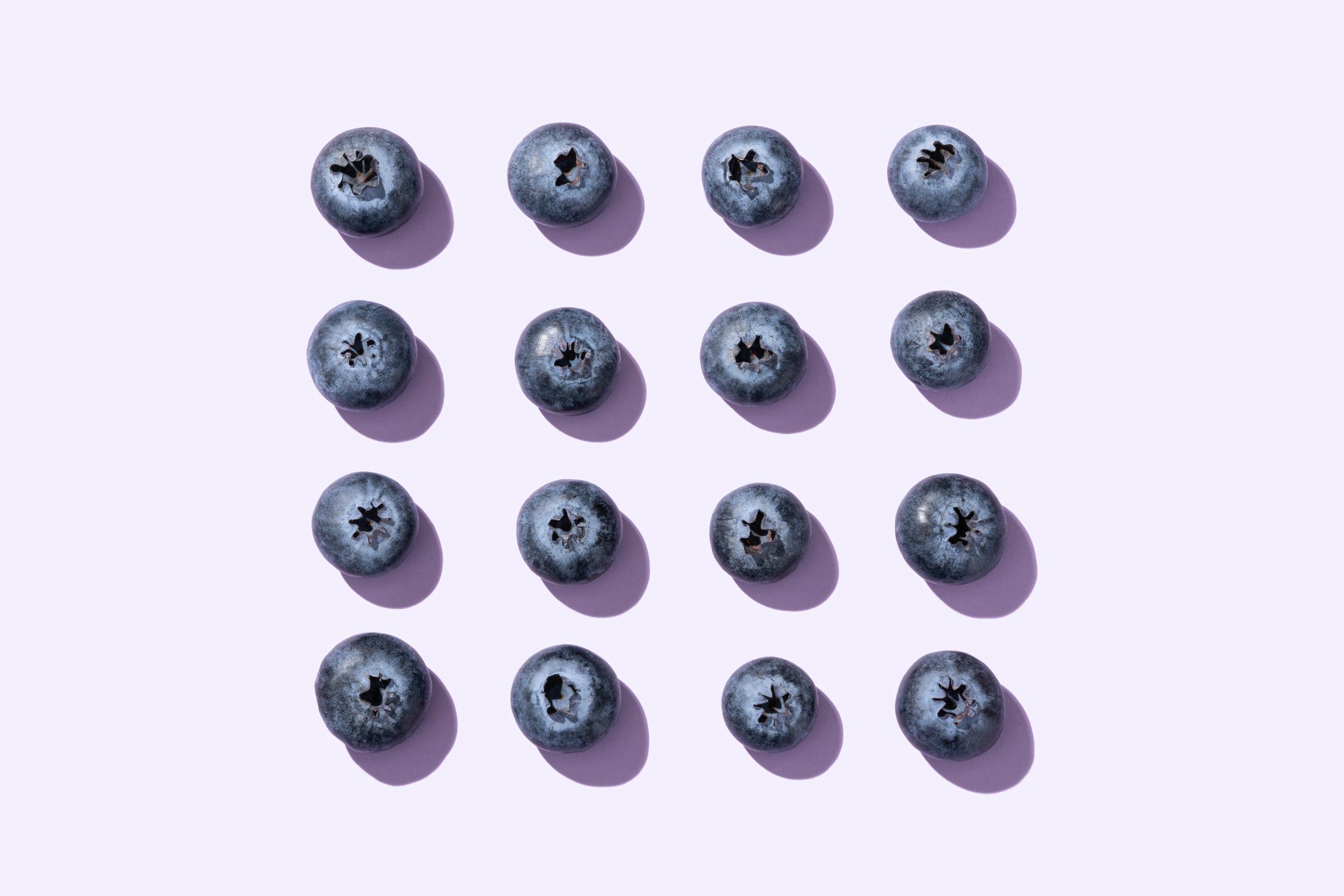
If you're trying to lose weight, eating more low-calorie foods can help you achieve your goals. High-fiber vegetables and fruits can help you feel fuller, longer, and lower your blood sugar. They keep your stomach moving and help reduce the calories you eat. Not only are they high in fiber, but also very low in calories, nuts, seeds, most vegetables, and legumes contain a lot of it. Aim for five servings of fruits and vegetables a day.
Vegetables and fruits are low in calories but full of fiber. Whole grains and vegetables, however, are very high in fiber. These foods can keep you full for longer, reducing the temptation to eat more than you should. They will provide nutrition that you need and help you to keep your ideal weight. These foods are high in fiber and low-calorie. These foods will increase your likelihood of reaching your weight loss goals. These are just a handful of the many health benefits that can help with weight loss.

Vegetables and fruits are high in antioxidants, which can help you lose weight. Avoid sugary drinks as well as processed foods. Instead, choose fresh fruit. To make an omelet or stew, you can add frozen and canned fruit. Sauerkraut contains both probiotic and prebiotic properties. This means that you can add good bacteria to your stomach and feed the good bacteria. This food is high in fiber which can help you control your appetite as well as your blood sugar.
Lean protein helps curb your appetite. The body releases a chemical signal that stops you from eating. Protein can also increase alertness and energy levels, preventing binge eating and overeating. Try adding some fish or shellfish to your meals and snacks to help you reach your weight loss goals. Remember to add more of your favorite foods into your meals. You'll be glad you did! Just remember to eat a variety of these healthy foods every day and you'll soon see results.
You can also lose weight by eating certain foods. Many of these foods are low in calories, but high in fiber. Two cups of collard greens have a lot of fiber and half a cup contains more than 20g protein. This is also true for beans. This can be a part of a balanced diet. There's no need to cut back on your favorite food, as they're low-calorie.

Citrus is another food you can eat to lose weight. Citric acid helps your body process food. Similarly, lemons contain vitamin C and are high-fiber. These foods are great for adding to any diet as they are low in calories and high in fiber. A small amount can replace 300-calorie glazed doughnuts with grapes. Half a cup can replace that with whole-grain toast.
FAQ
What is the difference in calorie and kilocalories?
Calories can be used to measure how much energy is in food. Calories is the unit of measurement. One calorie contains the energy needed to raise the temperature of one gram of water by one degree Celsius.
Kilocalories refer to calories in another term. Kilocalories are measured in thousandths of a calorie. 1000 calories equals 1 kilocalorie.
What are the 7 tips to have a healthy life?
-
You should eat right
-
Exercise regularly
-
Rest well
-
Drink plenty of water.
-
Get enough sleep
-
Be happy
-
Smile often
What is the difference of fat and sugar?
Fat is an energy source from food. Sugar is a sweet substance found naturally in fruits and vegetables. Both fats as well as sugars contain the same amount of calories. Fats however, have more calories than sugars.
Fats are stored within the body and can contribute to obesity. They may cause cholesterol buildup and lead to strokes or heart attacks.
Sugars are quickly absorbed by the body and provide instant energy. This causes blood glucose levels in the body to rise. High blood glucose levels can pose a danger because they increase the chance of developing type II Diabetes.
Why does our weight change as we get older?
How can you tell if your bodyweight has changed?
If there are less calories than muscle mass, then weight loss is possible. This means that calories must be consumed at a rate greater than energy. Low activity levels are the most common cause for weight loss. Other causes include illness, stress, pregnancy, hormonal imbalances, certain medications, and poor eating habits. Weight gain occurs when there is more fat than muscle mass. It occurs when people consume more calories each day than they use. The most common causes are overeating, increased activity, hormonal changes, and excessive calories.
The primary reason we lose weight is that we consume less calories than what we burn. By exercising regularly, our metabolism rates increase which in turn burns more calories during the day. This doesn't necessarily mean we will lose weight. What matters is whether we are losing fat or building muscle. If we're burning more calories that we consume, we'll lose weight. However, if we consume more calories than we burn, we end up storing them as extra fat.
As we age we tend to be slower in moving and thus we don't move nearly as much. We also tend to consume less food than when we were younger. This is why we tend to gain weight. On the flipside, we are more muscular than we really need and appear bigger.
Without regularly weighing yourself, it is impossible to gauge how much weight you have lost. There are many options for measuring your weight. There are many ways to measure your weight. You can check your waist, hips, thighs, arms and legs. Some people prefer to use bathroom scales while others like to use tape measures.
If you want to track your progress, you should try weighing yourself once a week and measuring your waistline once a month. To track your progress, you can also take photos every few months of yourself to see how far it has come.
You can also check your height online to find out how many pounds you have. If you're 5'10' tall and weigh 180lbs, you'd likely weigh 180lbs.
Exercise: Good for immunity or not?
Exercise is good to your immune system. Exercise boosts the production of white blood cells, which can fight off infections. Your body also gets rid of toxins. Exercise can help prevent heart disease and cancer. Exercise also helps to reduce stress levels.
However, overtraining can damage your immune system. When you exercise too hard, your muscles will become sore. This can cause inflammation and swelling. In order to fight infection, your body must produce more antibodies. This can lead to allergic reactions and other autoimmune disorders.
So, don't overdo it!
What should I be eating?
Eat lots of fruits and vegetables. They are rich in vitamins that can strengthen your immune system. Vegetables and fruits are high in fiber which helps to digest and fill you up. Include at least five portions of fruit and vegetables per day.
Make sure you drink plenty of water too. Water flushes toxins from the body and gives you a full feeling between meals. Drink about eight glasses each day.
Choose whole grains over refined grains. Whole grains retain all nutrients including B vitamins, iron and zinc as well as calcium, magnesium, calcium, protein, and magnesium. Refined grains are stripped of some of their nutritional value.
Sugary drinks are best avoided. Sugary drinks can be a source of empty calories, which can lead to obesity. Instead, opt for water, milk, or unsweetened tea.
Avoid fast food. Fast food has very low nutritional value. Fast food may be delicious, but it will not give you the energy that you need to perform your tasks properly. Avoid soups, sandwiches and other unhealthy options.
Reduce your alcohol intake. Alcohol is a poor nutrient and has empty calories. Limit your intake to two alcoholic drinks per week.
Red meat should be cut down. Red meats are high in saturated fat and cholesterol. Opt for lean cuts of beef, pork, lamb, chicken, fish, and turkey instead.
Statistics
- WHO recommends reducing saturated fats to less than 10% of total energy intake; reducing trans-fats to less than 1% of total energy intake; and replacing both saturated fats and trans-fats to unsaturated fats. (who.int)
- In both adults and children, the intake of free sugars should be reduced to less than 10% of total energy intake. (who.int)
- This article received 11 testimonials and 86% of readers who voted found it helpful, earning it our reader-approved status. (wikihow.com)
- WHO recommends consuming less than 5% of total energy intake for additional health benefits. (who.int)
External Links
How To
How to Live a Healthy Lifestyle
A healthy lifestyle is one where you are able to maintain your weight, your health and your fitness level. It is a lifestyle that emphasizes healthy living. This includes exercising regularly, eating well, avoiding alcohol, smoking, tobacco, and drug abuse. A healthy lifestyle will help you feel great and stay in shape. Additionally, a healthy lifestyle will reduce your chances of developing chronic diseases like stroke, diabetes and cancer.
The goal of this project is to give a step by step guide on how to live healthier lives. The introduction is the first part of this project. This explains why healthy living should be encouraged and who it should help. Then, I wrote the body paragraphs, which consist of different tips on how to keep a healthy lifestyle. Finally, I wrote the conclusion. This summarizes the entire article, and provides additional resources, if needed.
This assignment helped me to understand how to write concise paragraphs. Also, I learned how to organize my ideas into topic sentences and supporting details. Because I had to locate specific sources and properly cite them, my research skills improved. I learned proper grammar to write.